Originally posted in July 2013
When I travel, I’m always on the lookout for unique and independently owned places to stay that will benefit the local economy. Switzerland offers a sustainable, economical, family-friendly bed-and-breakfast experience I’ll never forget: sleeping in the straw on a farm.
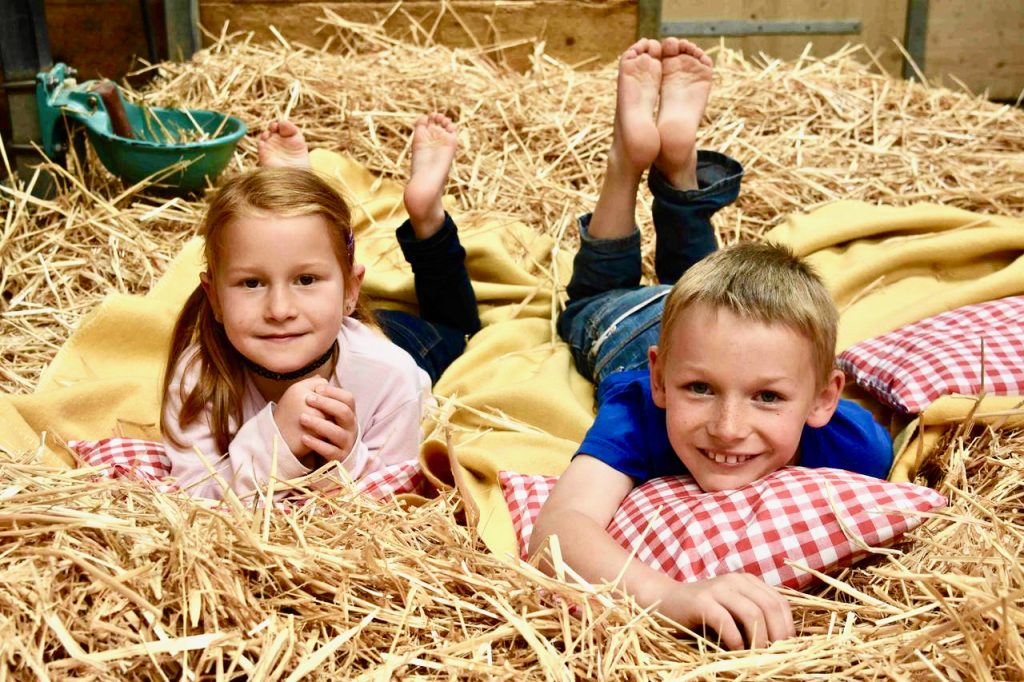
Spending the night in a Swiss barn is fun and adventurous. Photo courtesy Schiltenhof Schlafen Im Stroh Villa in Iseltwald, Switzeland. https://schiltenhof-schlafen-im-stroh-hotel-iseltwald.booked.net
Switzerland’s Sleep in Straw association—called Schlaf im Stroh in German—consists of 150 Swiss farms and helps travelers easily connect with the hayloft of their choice.
Bed in a Barn
At Bruffhof Farm in Switzerland’s cheese-making Emmental region, the sound of cowbells and mooing woke me at dawn. I sat up in my sleeping bag, shook the straw from my hair, and looked around the hayloft to see if my friends were up. (Bruffhof Farm no longer operates as a sleep-in-straw; it is now an animal sanctuary.) You can find listings of other sleep-in-staw locations on the Switzerland Tourism website.
Bruffhof is just one of Switzerland’s Sleep-in-Straw network in which visitors bed down in the barn—not with the animals, but sometimes in an adjacent area. (At most farms, restrooms and showers are located in separate buildings.)
Guests can volunteer, if they like, to help out with farm chores: collecting eggs, picking vegetables, helping milk cows. The side effects: plenty of fresh air, a lot of fun (provided your loft-mates don’t snore too loudly), and a better understanding and appreciation about where your food comes from and the hard work that farmers do.
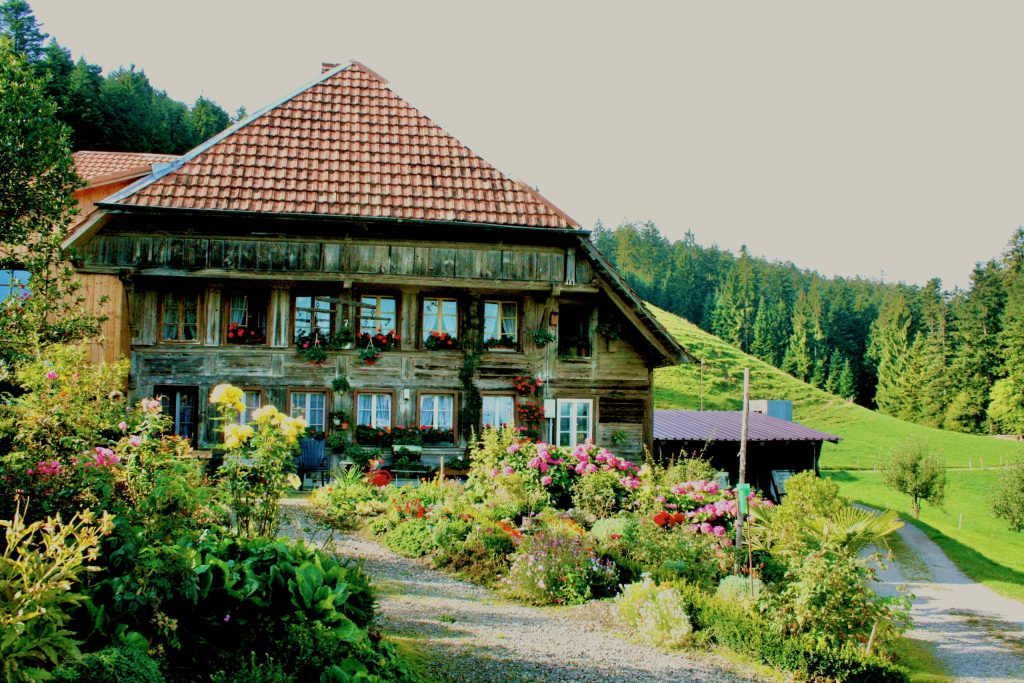
Bruffhof Farm, in Switzerland’s Emmenthal region, was flowering and beautiful when I visited in 2010. Photo © Laurel Kallenbach
My breakfast at Bruffhof was heavenly, with homemade bread, jam, and muesli. The cheese, yogurt, butter and honey were from the farm’s own cows and bees. “Families stay here so their children learn where food comes from,” said farmer Franz Schwarz (who spoke just a little English).
Bruffhof Farm grows organic herbs—many for the Ricola cough-drop company, based in Switzerland. The rest of the farm is certified as “Integrated Production,” a Swiss designation that allows only minimal pesticide/herbicide use. Farmer Franz and his equally hard-working wife, Rita, also raise goats and dairy cows.
How well did I sleep in the straw? Pretty well, actually. The fresh, sweet-scented hay was soft, and I managed to arrange it beneath me in a relatively comfy contour.
How Farmhouse B&Bs Work
At a Sleep-in-Straw farm, there’s always the possibility you’ll be sharing the hayloft with strangers. I traveled with a group in late September, so we had the entire sleeping area to ourselves, but if you’re traveling singly, as a couple, or with a small family in the busy summer, you’re likely to get to get acquainted with fellow snoozers from all over the world.
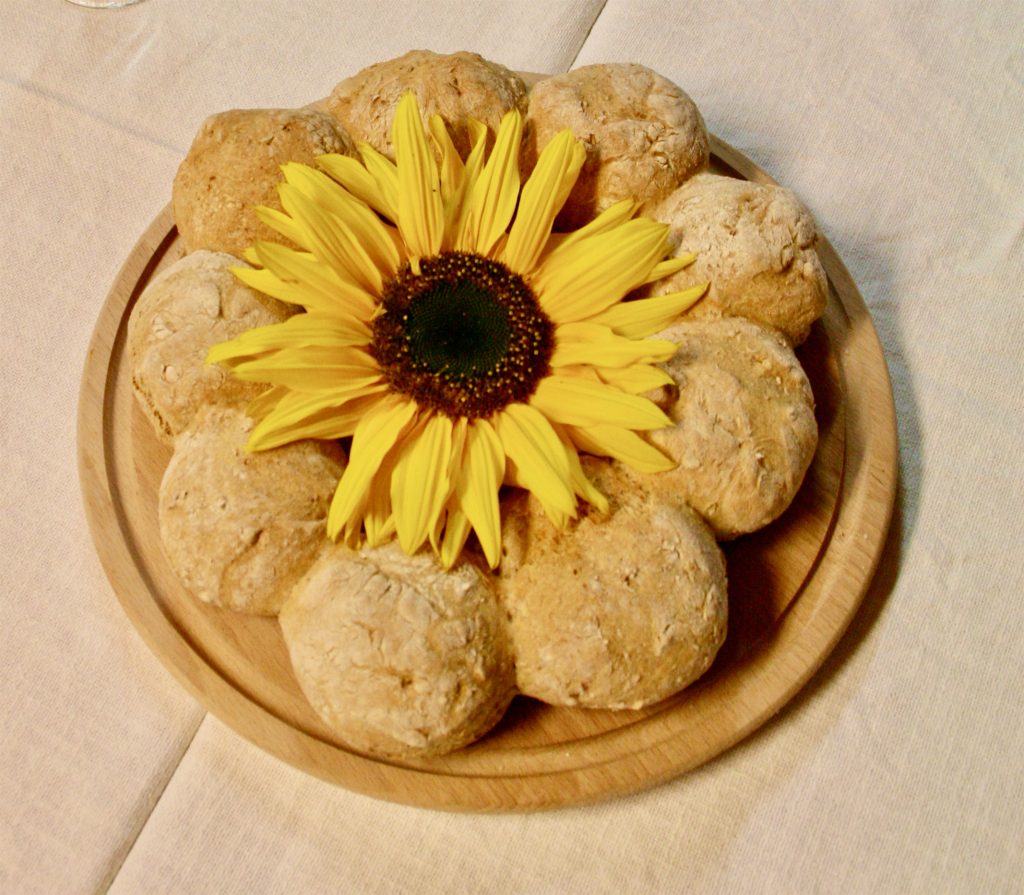
Among the many options at breakfast were fresh-baked farm rolls. The food at Bruffhof was hearty and outstanding. Photo © Laurel Kallenbach
To make reservations, you choose a farm in the region of your choice and book your “sleep in straw” experience directly with the host family—they’re the ones who benefit from the fee.
(These days, running a family farm requires entrepreneurial ingenuity, and the farm owners truly need the extra income generated from this B&B program. One of the joys of staying on a farm is that you’re experiencing a different place in an authentic way—and your money goes to a great cause: the continuation of small-scale, responsible agriculture.)
It’s best to book in advance. You bring your own sleeping bag or pay a bit extra to use one of the farm’s. Blankets are provided by the hosts. Many of them also offer pillows; if not you can always bunch up straw inside a blanket for that purpose as well.
The Details
- Sleep in Straw: The per night fee is economical and includes breakfast. Some Sleep in Straw farms offer other amenities (such as dinners and even beds in bunkhouses) for an extra fee.
- If you’re not comfortable communicating in German, French, or Italian (Switzerland’s three national languages) be sure to find a farm with English speakers. At Bruffhof, where the family was German speaking, it was easy communicating with hand signals, and one of the Schwarz daughters was a excellent student of English at school.
- Many Sleep-in-Straw farms are accessible by bicycle. Eurotrek rents bikes, maps out self-guided routes for you, and organizes daily luggage transfers between accommo-dations, including farm-stays.
- For more information: Schlaf im Stroh (click “Catalog” for downloadable, multilingual information on the farms).
—Laurel Kallenbach, freelance travel writer and editor
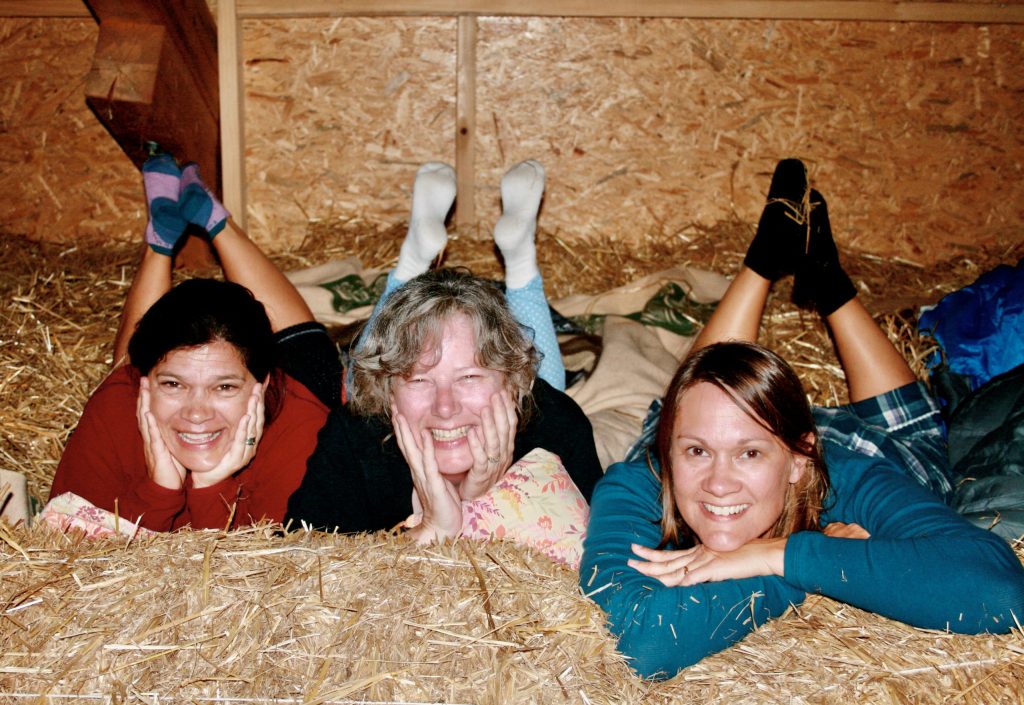
My friends and I felt like little kids at a “lofty” sleepover! © Ursula Beamish
Updated July 2022
Read more about my travels in Switzerland:
- Eating Raclette in a Swiss Castle
- Swiss Wine Country: Picturesque & Superb
- Cows on Parade: A Swiss Celebration
- Switzerland’s Imperial Crown Mountains
- Adopt a Swiss Cow and Support Sustainable Dairies
- Swiss Farmer Grows Organic Herbs for Ricola
- Swiss Farms: The Source of the Cheese
- Hiking the Valais Wine Trail


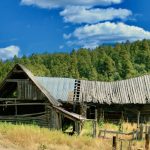
Great concept! Would love to go some day.
The kids would really love it!
I’d try it!
It’s definitely an experience you won’t forget!
That was a fun night at the farm!
Don’t we three milkmaids look so happy in the hay?
Terrific article! Really enjoyed learning about this experience! Thanks for sharing!
I’ve never heard of this before. It sounds like an interesting idea—not quite as much of a commitment as WWOOFing.
That’s true! WWOOFing usually requires at least a week’s commitment. Plus, with the Sleep in Straw program, any farm chores are purely optional. Although who wouldn’t love collecting eggs…or feeding baby goats?
Great article, Laurel! I was not far from Appenzell when you were there. It wounds like something for my grandkids to do when they are old enough.
Request if i could get details – would like to try this out will be in Switzerland end June
Hallo,
Nice article.
Is this type of accommodation still available?
Thank you.
Caroline
Yes, there are lots of sleep-in-straw accommodations in Switzerland, although the one I wrote about in this blog post, Bruffhof, no longer takes guests. Check the Switzerland Tourism website listed in the article above. Hope you have fun!